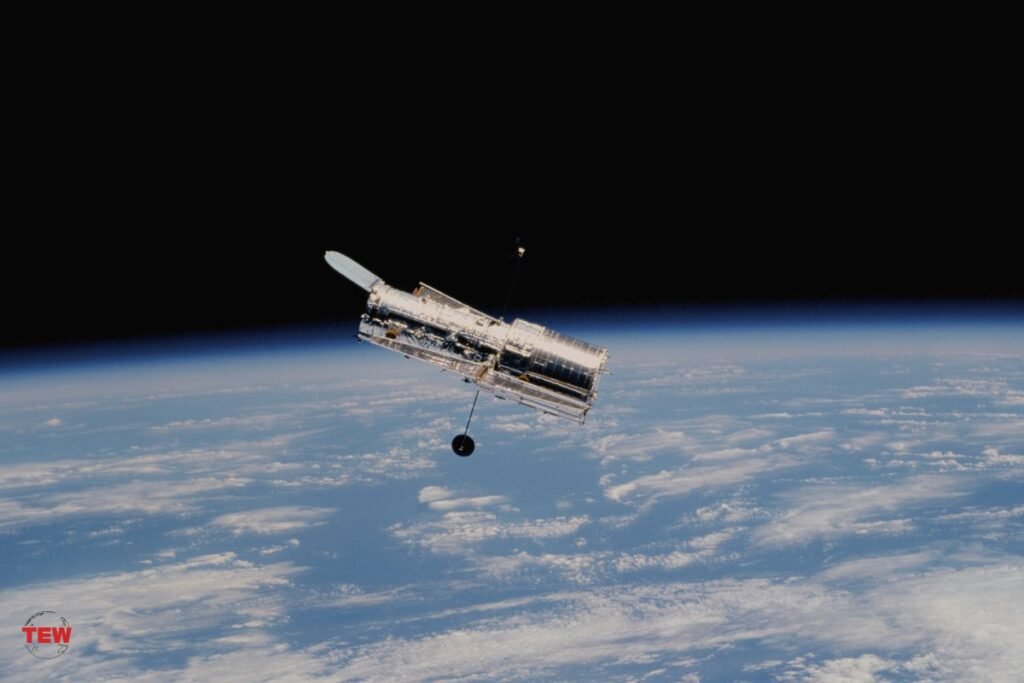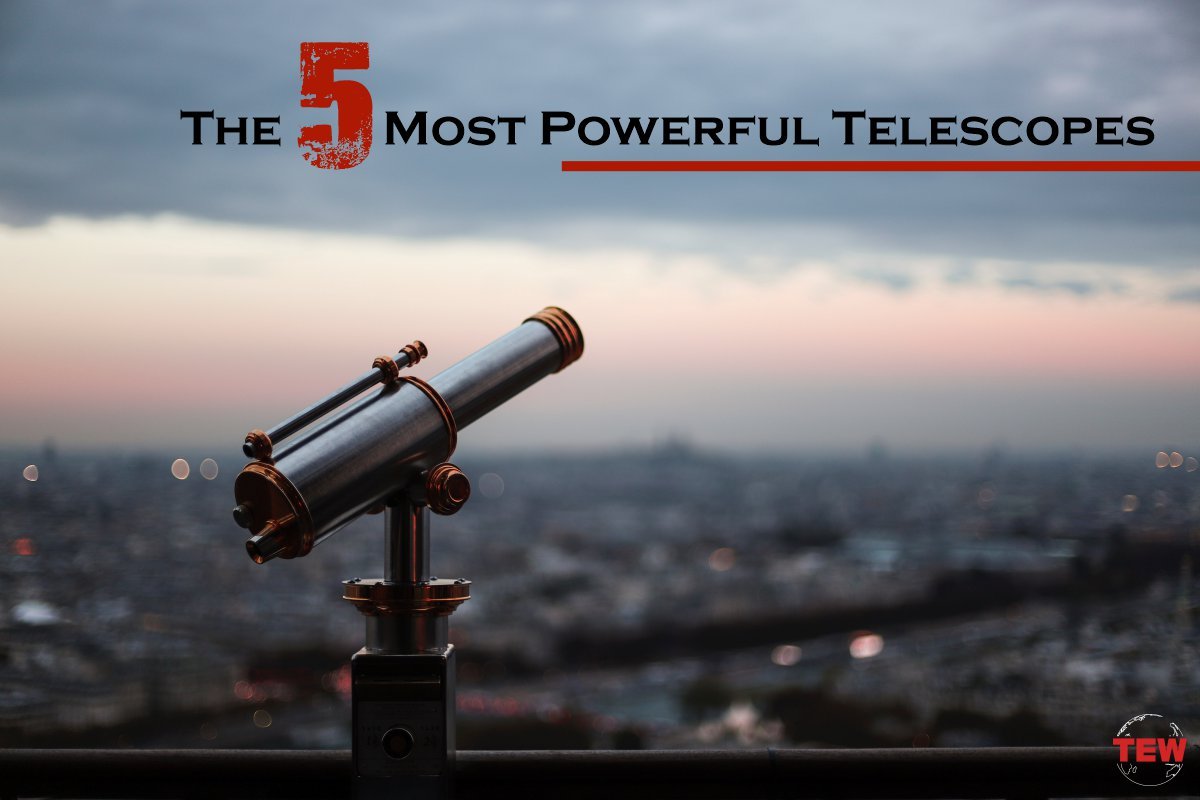The refractor was the first kind of Most Powerful Telescopes, and it was developed in 1608 by Hans Lippershey, a lensmaker from the Netherlands. Galileo made a few modifications to the telescope, and he was the first person to utilize it for astronomy. Around the year 1611, astronomer Johannes Kepler made some significant improvements to the refractor. When it came to the eyepiece, Kepler opted for a convex lens. Even though the picture was flipped as a result of this change, the utility of the telescope was much enhanced.
Isaac Newton invented the reflecting telescope in the latter half of the 17th century. Newton was able to create a better telescope that did not suffer from some of the flaws that the refractor had, such as chromatic aberration, since he made the telescope out of mirrors rather than lenses.
The Hubble Space Telescope is widely considered to be among the most renowned Most Powerful Telescopes in existence today. The Space Shuttle was responsible for placing this telescope into orbit around the Earth in the year 1990. Since the Hubble telescope is located outside of Earth’s atmosphere, it is able to see deep space without the interference of background light.
Here are the 5 Most Powerful Telescopes;
1 -Keck Observatory, began science operations in 1993
Organization:
Caltech and the University of California
Location:
Mauna Kea, Hawaii
Claim to Fame:
The twin Keck telescopes each measure 10 meters (approximately 33 feet) in diameter, and they are located on the remote large island of Hawaii. Most Powerful Telescopes, When they were first constructed in the early 1990s, they quickly became the longest bridges of their kind anywhere in the world. The innovative adaptive optics that were developed for the Keck Observatory opened the way for computer-controlled mirrors that can be modified many times per second to compensate for atmospheric disturbances as they occur in real time.
Fun Fact:
Caltech’s Chuck Steidel, one of the designers of the projected Thirty Meter Most Powerful Telescopes, notes that the Keck Observatory, which is more than 15 years old, has basically the same architecture and setup as the more monster telescopes under development or building. It was reported that he had informed PM that the Keck Observatory will serve as a model for future observatories.
2 -Hubble Space Telescope, launched in 1990
Organization:
NASA and the European Space Agency
Location:
Orbiting the Earth
Claim to Fame:
Hubble has become the most well-known telescope in the world because to the iconic pictures it has captured, such as the deep field, the Crab Nebula, and the Eagle Nebula. Despite several setbacks, the last space shuttle mission to Hubble is expected to go off in May. The Most Powerful Telescopes will be modernized with enough new equipment to keep it operational and useful until 2020, when its replacement will be ready to take center stage.

Fun Fact:
Hubble uses a 20-year-old Intel 486 CPU and other antiquated computer hardware. The other three “great observatories” are the Chandra X-Ray Observatory, the Spitzer Space Most Powerful Telescopes, and the Compton Gamma-Ray Observatory, with Hubble being one of them.
3 -Spitzer Space Telescope, launched in 2003
Organization:
NASA, JPL and Caltech
Location:
Following the Earth around the sun
Claim to Fame:
The Spitzer Space Most Powerful Telescopes is the fourth and last of NASA’s big space observatories. However, whereas Hubble captures photos mostly in visible light, Spitzer uses infrared. The telescope not only observes at a frequency beyond our own, but it does so while following the Earth at a distance of roughly 0.1 AU (1 AU is the mean distance between the Earth and the sun, or about 92,956,000 miles), far enough away to avoid any distortion caused by the Earth’s atmosphere.
Fun Fact:
First discovered by Spitzer, “hot Jupiters” are gas giant exoplanets that are very hot or cold on one side. Most Powerful Telescopes Despite the fact that Spitzer is about to die, it still has some business to take care of. Although NASA predicted in 2007 that the telescope would use up its helium supply in April, the Spitzer team managed to collect this breathtaking picture of many generations of star formation in August.
4 -Large Binocular Telescope, first light in October 2005
Organization:
U.S., Japan and Germany collaboration
Location:
Mount Graham, southeastern Arizona
Claim to Fame:
With the Large Binocular Most Powerful Telescopes, we can see that having two lenses is preferable than having only one. The LBT’s twin 8.4-meter (approximately 28-foot) mirrors are 10 times more powerful than Hubble’s, and combined they give the same level of resolution.
Fun Fact:
While the observatory’s position on this remote hilltop is ideal for clear views, it has presented some challenges. For the sake of the native red squirrels that call this summit home, environmentalists pushed to have the construction site relocated. The Apache people were among those who protested the telescope project, claiming that the mountain was a significant cultural and spiritual location for their people. In addition, in 1996 and 2004, the observatory was perilously near to raging flames that fortunately avoided it.
5 -Fermi Gamma-Ray Space Telescope, launched in 2008
Organization:
NASA, the U.S. Department of Energy, France, Germany, Italy, Japan and Sweden
Location:
Low Earth orbit
Claim to Fame:
It is capable of measuring the strongest radiation in the cosmos. Gamma ray bursts from supermassive black holes, neutron star collisions, and some types of supernovae are very powerful. If a Most Powerful Telescopes wants to detect gamma rays, it has to do it from orbit since the Earth’s atmosphere blocks most of the cosmic rays that would otherwise reach us.

Fun Fact:
That name is so long and complicated that not even NASA liked it. Before NASA requested for options that better conveyed the telescope’s purpose to examine some of the universe’s oddest events, it was known as the Gamma Ray Large Area Space Telescope (and coined the rough acronym GLAST). In honor of 20th century scientist Enrico Fermi, the telescope was renamed and is now often referred to as “Fermi.”




